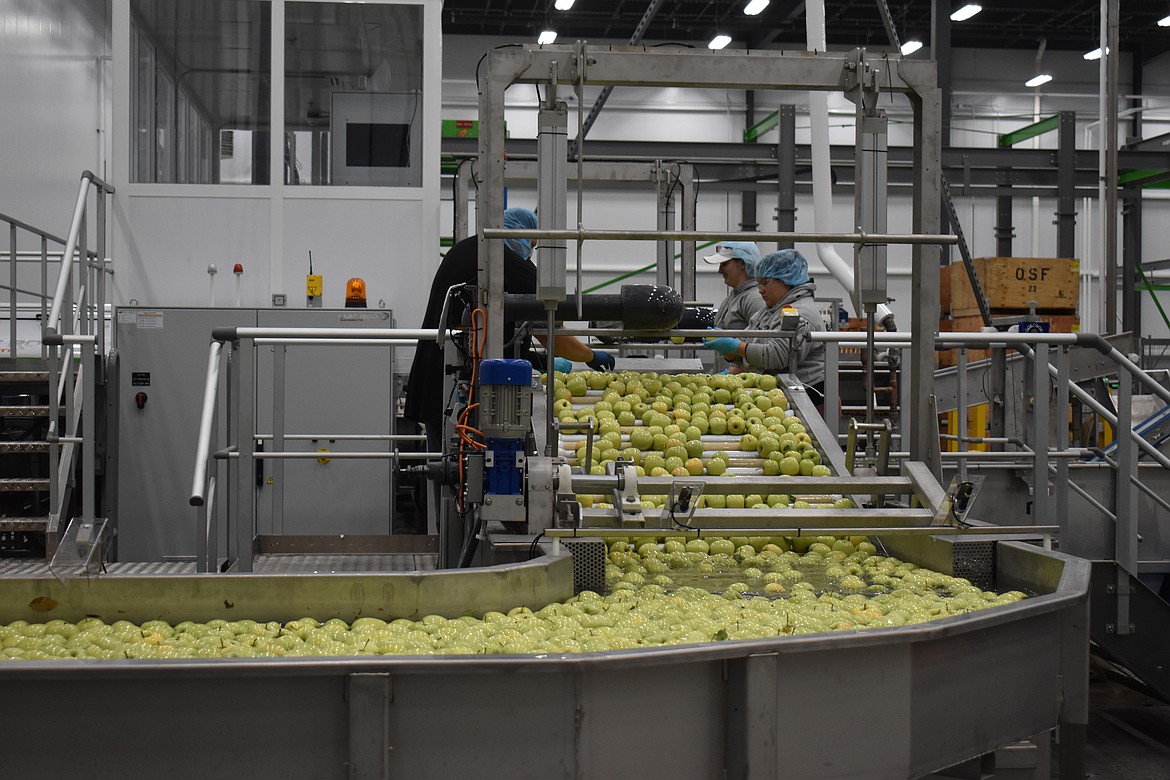Overproduction, possible tariff retaliation - interesting times for tree fruit growers
WENATCHEE — An old saying – said to be Japanese, and said to be a curse – talks about living in interesting times. While it’s always an interesting time to be in the tree fruit business, times are especially interesting now.
Become a Subscriber!
You have read all of your free articles this month. Select a plan below to start your subscription today.
Already a subscriber? Login




